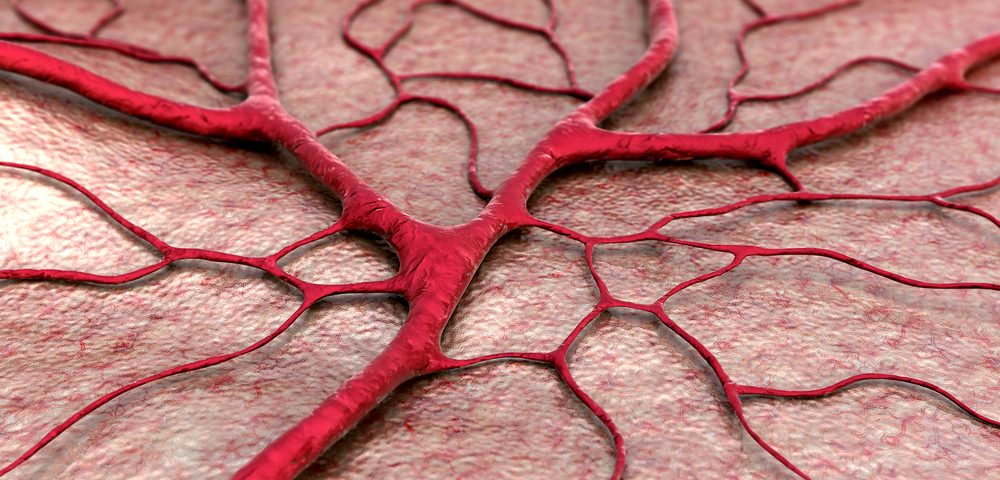A timely diagnosis and effective treatment strategy for patients with pulmonary hypertension (PH) associated with rheumatoid arthritis (RA) can prevent right heart failure and significantly enhance their quality of life, new research shows.
The study, “Rheumatoid arthritis associated pulmonary hypertension: Clinical challenges reflecting the diversity of pathophysiology,” is a collection of three case reports and appeared in the journal Respiratory Medicine Case Reports.
PH can appear as a complication of connective tissue diseases (the supporting tissue that surrounds organs and other structures), including RA. In this case, PH originates from autoimmune responses, inflammation, and vascular injury, and increases the morbidity and mortality of the primary disease.
The prevalence of PH in RA can range from 0.8 percent to 27.5 percent. This wide range is partially explained by the lack of precision of current screening tools — echocardiography can lead to an overestimation of PH prevalence compared to right heart catheterization.
A correct diagnosis is further complicated by the diversity in clinical presentations associated with RA, including a vast array of pulmonary manifestations and the risk of thromboembolism (obstruction of blood vessels by blood clots), and the masking of respiratory symptoms by reduced activity due to joint disease.
The research team, led by Georgia Pitsiou, MD, PhD, assistant professor at Aristotle University of Thessaloniki in Greece, presented three case reports that highlighted the variety of PH in RA.
The first report concerns a patient with pulmonary fibrosis (a disease marked by scarring in the lungs) diagnosed with PH during an episode of life-threatening hypoxia — a diminished availability of oxygen in the tissues. The second case shows a patient with isolated PH due to vasculopathy, a disease affecting the blood vessels, with normal lung volumes but low diffusion capacity — the lungs’ ability to exchange gases — and cardiac complications.
And the third report concerns an ex-smoker with several manifestations of RA that led to relevant functional limitations. This patient had a previous episode of acute pulmonary embolism which had not been diagnosed.
The diversity in clinical presentations led to different therapeutic approaches. In the first patient, the clinicians opted for early upfront combination therapy to dilate blood vessels and increase blood flow to improve hypoxia. This approach avoided “the need for mechanical ventilation and its possible deleterious hemodynamic and infectious complications.”
In the second patient, right heart catheterization was performed, and follow-up treatment including oxygen was able to improve symptoms and exercise capacity. This patient later developed fibrotic lesions and hypoxia and showed signs of worsened vasculopathy, which led to an adjustment of the medication.
And in the third patient, chronic thromboembolic disease was diagnosed as one of the causes of PH, along with left heart diastolic dysfunction, smoking habits, and RA.
“Rheumatoid arthritis-associated pulmonary hypertension can be attributed to interstitial lung disease, vascular disease, and chronic thromboembolic disease,” the team concluded, based on the three case reports.
“Chronic inflammation [in RA] reduces patients’ functional capacity and conceals early symptoms of cardiovascular disease and pulmonary hypertension,” the researchers added, emphasizing “the importance of early identification of PH in patients with RA.”


